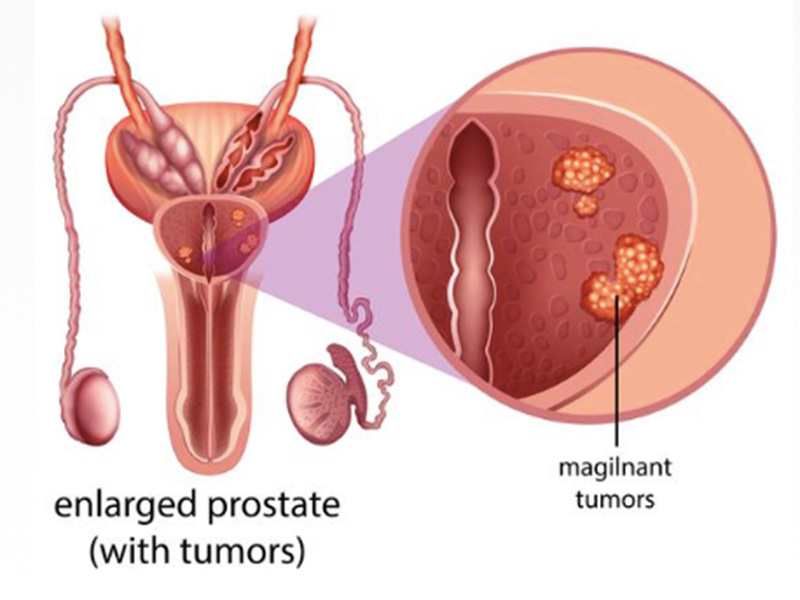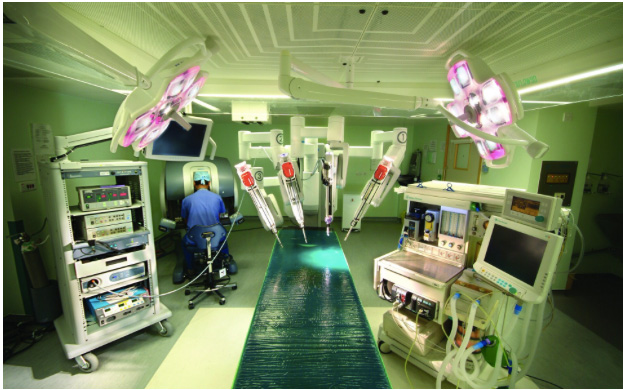Prostate Cancer
Introduction

Prostate Cancer is the most common cancer in men with almost 20,000 men diagnosed each year. 1 in 8 men will develop prostate cancer.
- Approximately 3,500 Australian men die of prostate cancer each year
- More men die of prostate cancer than women die of breast cancer
Risk Factors include:
- Family history
- 1 first degree relative – risk 2 to 3 times higher
- Risk increases if more relatives have had it
- Increasing age – risk increases after 50 years of age, however men under 50 years can still suffer
- Genes – association with BRCA 1 and BRCA 2 genes
- Race – higher risk in African American
Symptoms:
SILENT DISEASE ONLY PSA SCREENING HELPS SAVING LIFE
Most men do not have any symptoms if the cancer is detected in the early stages. Even in more advanced cases men may not have any symptoms.
Symptoms may include – difficulty with urination, frequency (during the day and night) blood in urine, pain in the bones (with more aggressive disease)
Symptoms can be as those in men with voiding problems secondary to benign prostatic hyperplasia (enlargement) who do not have cancer
Diagnosis and Evaluation
- PSA blood test
- Digital rectal examination
- MRI scan
- Prostate biopsy – Transperineal prostate biopsy, Transrectal prostate biopsy
Treatment
Dependent on Biospy result:
- Low Grade Cancer -Gleason 6 or ISUP GRADE 1
- Intermediate Grade cancer -Gleason 7 or ISUP GRADE 2and 3
- High Grade cancer -Gleason 8-10 or ISUP GRADE 4 and 5
- Low grade cancer
Active surveillance is often used to mean watching the cancer closely with:
- Regular PSA blood tests,
- Digital rectal exams (DREs), and
- MRI at regular intervals to see if the cancer is growing. Prostate biopsies may be done as well to see if the cancer is starting to grow faster.
- Intermediate and High grade Cancer
Multidisciplinary approach
Surgery
Robotic-assisted laparoscopic radical prostatectomy
Also known as robotic prostatectomy, the laparoscopic surgery is done using a roboticsystem. The surgeon sits at a control panel in the operating room and moves robotic arms to operate through several small incisions in the patient’s abdomen.

Robotic prostatectomy has advantages over the open approach:
- Less bleeding
- Less scarring
- Shorter stay in hospital
- Quicker recovery and early return to work
- Early Incontinence
- Nerve sparing for early recovery of erection
Radiation:
- External Beam Radiation
- Brachytherapy
- Gamma knife
Androgen Deprivation treatment (Hormone treatment)
- Prostate cancer which has spread to different part of body.

